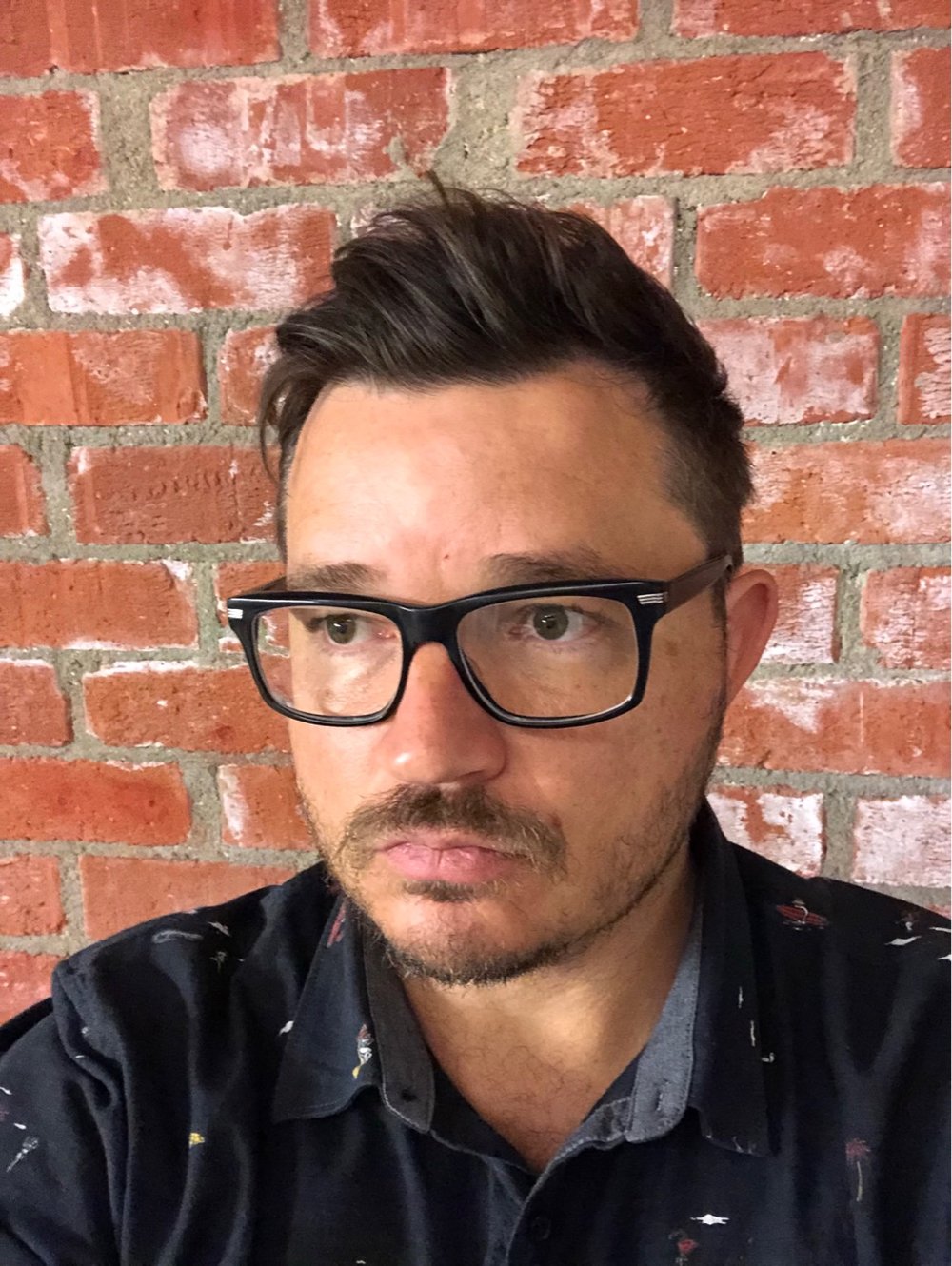advice,
architecture,
art,
feature,
flashback,
instagram,
News,
podcast,
publication,
recognition,
tips,
trips
Revelateur Studio
advice,
architecture,
art,
feature,
flashback,
instagram,
News,
podcast,
publication,
recognition,
tips,
trips
Revelateur Studio
Read More
advice,
art,
feature,
News,
podcast,
publication,
trips
Revelateur Studio
advice,
art,
feature,
News,
podcast,
publication,
trips
Revelateur Studio
Read More
advice,
architecture,
art,
feature,
flashback,
instagram,
News,
podcast,
publication,
recognition,
tips,
trips
Revelateur Studio
advice,
architecture,
art,
feature,
flashback,
instagram,
News,
podcast,
publication,
recognition,
tips,
trips
Revelateur Studio
Read More
advice,
architecture,
art,
News,
publication,
residential,
toronto,
tips,
trips
Revelateur Studio
advice,
architecture,
art,
News,
publication,
residential,
toronto,
tips,
trips
Revelateur Studio
Read More
architecture,
condos,
corporate,
exteriors,
feature,
instagram,
News,
Photography,
residential,
Shoots,
tips,
toronto,
trips
Revelateur Studio
architecture,
condos,
corporate,
exteriors,
feature,
instagram,
News,
Photography,
residential,
Shoots,
tips,
toronto,
trips
Revelateur Studio
Read More
advice,
art,
feature,
News,
podcast,
publication,
trips
Revelateur Studio
advice,
art,
feature,
News,
podcast,
publication,
trips
Revelateur Studio
Read More
architecture,
exteriors,
feature,
magazines,
publication,
News,
Photography,
residential,
trips
Revelateur Studio
architecture,
exteriors,
feature,
magazines,
publication,
News,
Photography,
residential,
trips
Revelateur Studio
Read More
architecture,
exteriors,
feature,
Photography,
publication,
Shoots,
trips
Revelateur Studio
architecture,
exteriors,
feature,
Photography,
publication,
Shoots,
trips
Revelateur Studio
Read More






